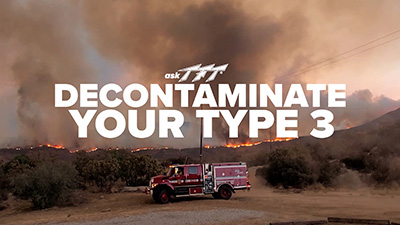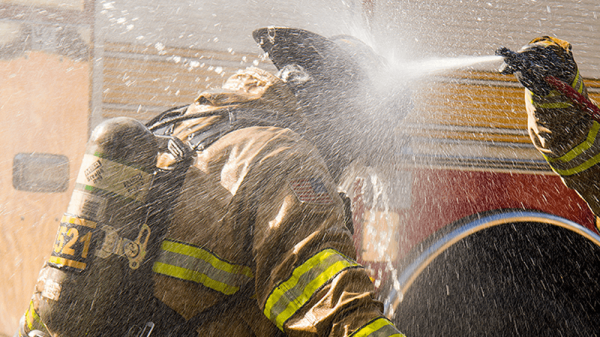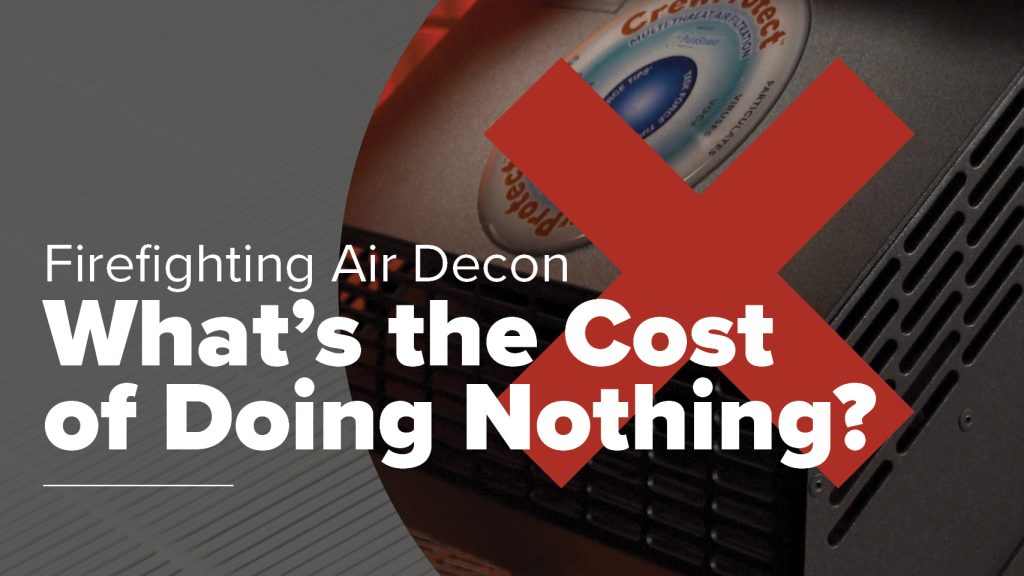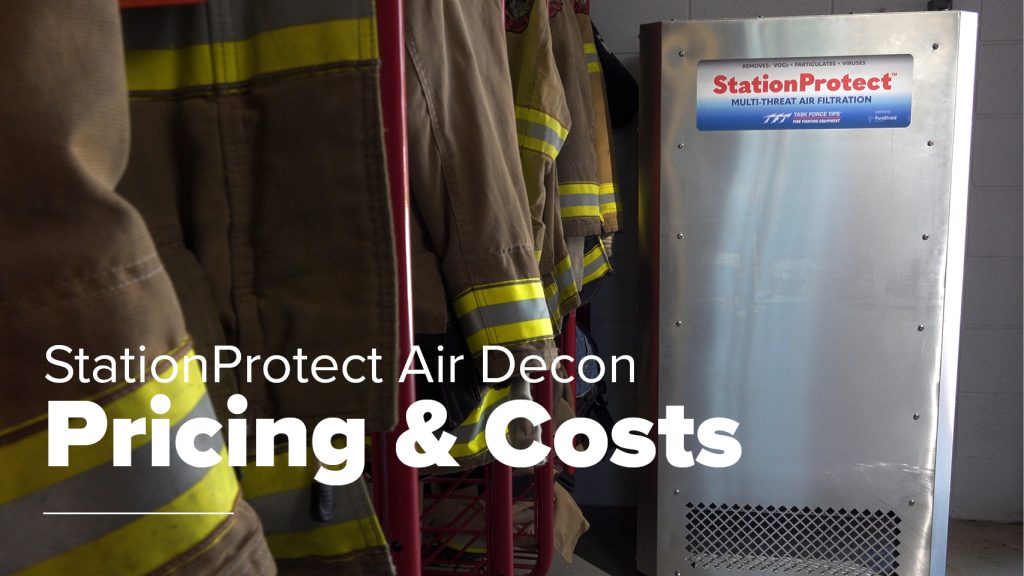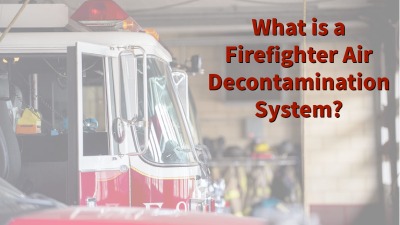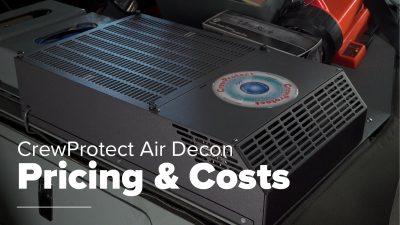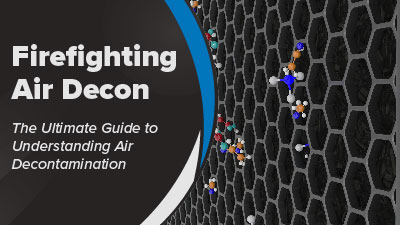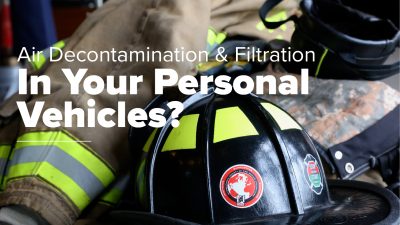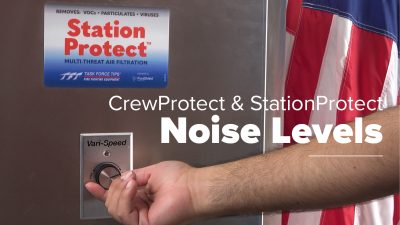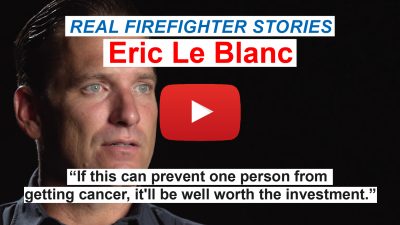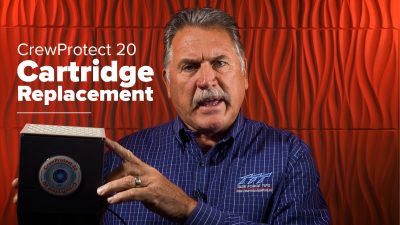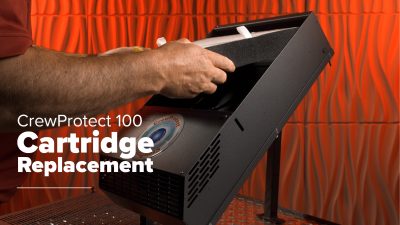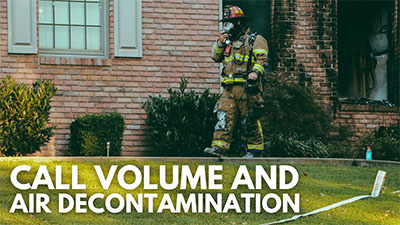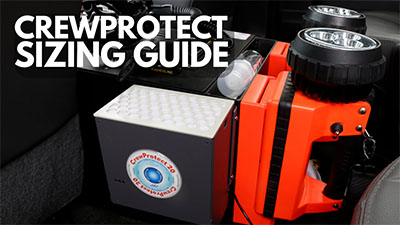Back
The Health Continuum: Addressing Health Concerns at Your Fire Station
Posted on 21st November 2024
How do you approach conversations about health at your department? Would a framework make them easier to address?
As we joined your conversations about air and gross decontamination, we recognized a lack of a consistent framework for firefighter health discussions. There is plenty of talk about solutions, but no consistent way to organize your solutions to see if you are addressing all aspects of your life as a firefighter. We felt this was a disservice to the fire service and that reliable, consistent language was needed since these health considerations can have a significant impact on your quality of life.
To help you address and organize this information, we created the Health Continuum. This is a simple framework that can help you evaluate and discuss the health risks and concerns at your department.
Looking for an in-depth look at your department’s health opportunities? Take the Health Risk Assessment here.
Let’s look at the Health Continuum a little closer and briefly break it down into its component parts.
The Health Continuum Structure
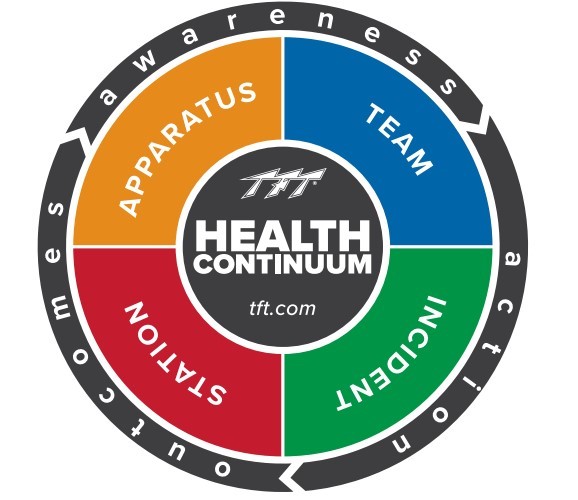
The Health Continuum is a single graphic that captures four points of exposure and potential health concern for firefighters. Informed by NFPA (National Fire Protection Association) standards, the graphic includes four broad categories meant to encompass the places a firefighter would experience a health risk on duty: station, apparatus, incident, team.
These four categories are further broken down into common considerations. These categories encompass almost any health risk you and your team would have.
The goal of the graphic is to provide a framework for you to evaluate and discuss any health-related concerns at your department. This makes it easier to address these concerns and build a comprehensive plan to minimize your health risk and exposure.
Let’s take a closer look at each category.
Station
As a firefighter, you spend a lot of time at the station. Paid firefighters spend days at a time on-site living and working. Volunteers spend hours at the station doing training and might even bring their families with them for meetings, truck nights, or social events.
The Health Continuum addresses health concerns at the station. Station considerations include common areas, personal protective equipment, and location factors. These smaller pieces of the station category encourage you to consider everything from the sleeping quarters or communal kitchen to the age of your station and how you store your PPE. You may even consider whether the station has mold. This category encourages you to consider all elements of your station to look for health concerns and evaluate whether you are adequately addressing them or if they could be improved.
Apparatus
How your department cares for the vehicles you use to respond to calls can also affect your long-term health. The apparatus category is further broken down into decon, vehicle factors, and gear and tools. An apparatus is considered any department owned vehicle that you use for emergency response.
These categories encourage you to examine and evaluate how many vehicles you house at the station, if any are EMS vehicles, whether your hoses are cleaned regularly, where PPE is stored in the vehicle, and if any vehicles have air decontamination systems in place.
Evaluating these categories can help you assess the risk in your department and create a plan to address any areas you find that you could improve in.
Incident
The incident scene is perhaps one of the most obvious places for contamination exposure and health risks. You wear PPE and SCBA to protect yourself, and hopefully have strong operating procedures for when each member of your crew must wear PPE.
This category is broken down into gross decontamination, protective equipment, and procedures. When you evaluate your incident category, you will evaluate your policies, procedures, and decontamination requirements. The incident is likely where you have the most training. It is also probably where you have the most concern for your health and safety.
It is important to remember to consider your gross decon and other factors that present a less imminent health risk, but ultimately add to your risk of cancer and disease in the future.
Team
The team is maybe the least obvious category, but no less important than the others. How your team values health as a department can have a significant impact on your long-term health.
The team category is broken down into health activities, personal actions, and guidance. These encompass things such as what training you do and if your department requires NFPA physicals, whether you wear adequate clothing under your PPE and whether you respond to calls in your personal vehicle. It also covers whether your department requires a fitness program or exposure log for the crew.
Examining each of these areas requires a hard look at some of the values of your department and may lead to uncomfortable conversations, but understanding your risks and addressing them fully is one of the best steps you can take to mitigate your exposure and improve your health.
Why Should You Use the Health Continuum?
The Health Continuum is a great resource for helping you, your department, and others use the same language when discussing firefighter health concerns.
Using this as a framework, you can examine and address concerns holistically and see how they fit into the larger framework of overall health. You can view and think through multiple exposure points for firefighters and find the habits and solutions that will work for you.
Exposure protection can help you and your crew in the future. Minimizing your exposure at all four points allows you to take control of your health and safety today and in the future.
As a firefighter, you work an inherently dangerous job. The Health Continuum is a tool that can help you evaluate and consider the solutions you need.
Health Risk Assessment
As a supplement to the Health Continuum, you can use the Health Risk Assessment to dive deeper into the risks and concerns at your station. Through a series of questions, the Health Risk Assessment provides a report that pinpoints your level of risk and potential next steps for improved health.
The assessment should take no longer than 10 minutes to complete. Take your assessment here!
